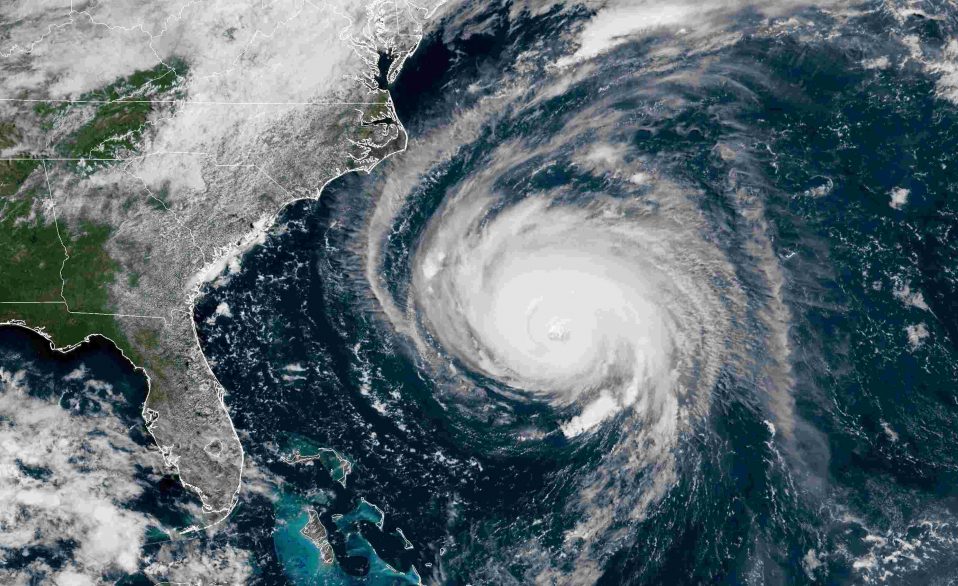A new study of National Aeronautics and Space Administration points out that warming of the tropical oceans because of climate change could lead to a profound increase in the frequency of extreme rain storms by the end of the century.
The research team, led by Hartmut Aumann of NASA’s Jet Propulsion Laboratory in Pasadena, California, combed through 15 years of data acquired by NASA’s Atmospheric Infrared Sounder (AIRS) instrument over the tropical oceans to determine the relationship between the average sea surface temperature and the onset of severe storms.
They found that extreme storms – those producing at least 3 millimeters of rain per hour over a 25-kilometer area – formed when the sea surface temperature was higher than about 28 degrees Celsius. They also found that, based on the data, 21 percent more storms form for every 1 degree Celsius that ocean surface temperatures rise.
“It is somewhat common sense that severe storms will increase in a warmer environment. Thunderstorms typically occur in the warmest season of the year,” Aumann explained. “But our data provide the first quantitative estimate of how much they are likely to increase, at least for the tropical oceans.”
Currently accepted climate models project that with a steady increase of carbon dioxide in the atmosphere (1 percent per year), tropical ocean surface temperatures may rise by as much as 2.7 degrees Celsius by the end of the century. The study team concludes that if this were to happen, we could expect the frequency of extreme storms to increase by as much as 60 percent by that time.
This research gives visual meaning to the consequences of the predicted warming of the oceans. Results like these can serve as a guideline for those looking to prepare for the potential effects a changing climate we are facing.



